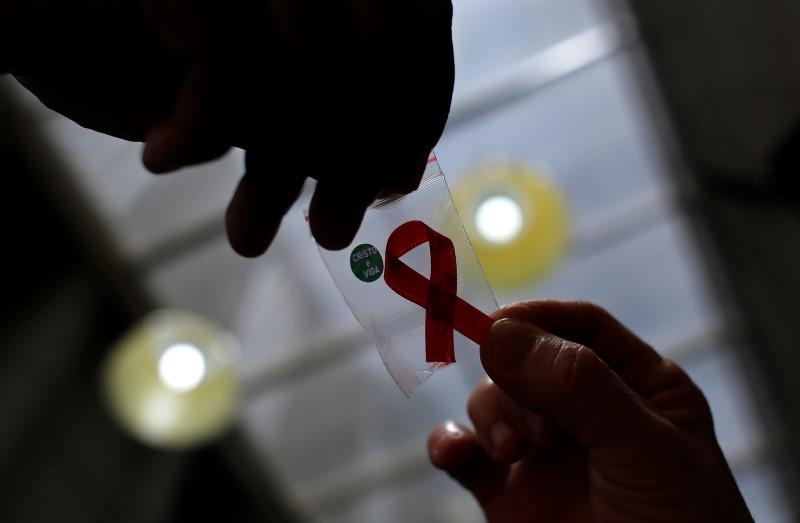
"We estimate that at least one third of the infected persons remains unknown. And that group is the driving force of the epidemics,
As all over the developed part of the world, also in Slovenia the number of people infected with HIV is growing. The smallest number of new infection was noticed in 2006, i.e. 33 only, and the largest in 2011, even 55. This year the record from 2011 has already been broken, as the National Institute of Public Health (NIJZ) reports that until November 22 this year, already 56 new HIV infections were diagnosed, 46 in men who have sexual intercourses with men (MSM).
In Slovenia, approximately 900 people have been diagnosed with HIV infection. Some of them died, some moved away, but some infected persons also moved into Slovenia. NIJZ estimates that in Slovenia the number of HIV-infected persons is higher by at least one third of the mentioned number, but they have not been diagnosed. "As we don't have a register, it is difficult to speak about the actual number of people in Slovenia diagnosed with AIDS; probably the number is smaller than 2000," Irena Klavs from the National Institute of Public Health explained.
People behave less and less responsibly
The public relation office of the Ljubljana University Medical Centre announced that one of the main reasons for the alarming statistics is the increase of the infection in the last years, discovered only this year. The reason the number is higher this year is also the increased number of tests made this year. Another reason is the efficiency of treatment; due to good results the fear of AIDS which forced people into responsible behaviour has diminished. "The change of generations contributes its part as well - the generations of today have not experienced personally the mortal fear AIDS had caused; it used to be a death sentence," the representative of the University Medical Centre explained. In the end of the nineties of the past century, the use of condoms was practically indispensable. Today, people are again experimenting, while the MSM population is returning to the behaviour characteristic for the period before HIV epidemics.
The University Medical Centre also warned of the increased number of applications which allow fast and simple finding of partners, which facilitates sexual encounters as well. Also "Chemsex parties" are becoming more and more frequent, where participants use different drugs which reduce the accountability and increase desire for sexual intercourses. The participants of such parties are more likely to neglect protection, and indulge in high-risk sexual behaviour.
Condom remains the best protection
Use of condoms remains the most efficient protection against sexually transmitted diseases, but it is also important to know the sexual habits of the partner, and his/her status regarding HIV infection, and other sexually transmitted diseases.
"We estimate that at least one third of the infected persons remains unknown. And that group is the driving force of the epidemics," Janez Tomažič, infectologist from the Clinic for Infectious Diseases of the Ljubljana University Medical Centre, explained. The goal of the medical professionals still remains "to know 90% of all the infected persons, to treat 90% of these persons, and to be so successful in treating the 90% so efficiently that virus cannot be found in the blood." For that reason, Tomažič also this year makes the appeal: "The only thing you must do is take the test, and leave all the rest to us."
"We estimate that at least one third of the infected persons remains unknown. And that group is the driving force of the epidemics,


































































